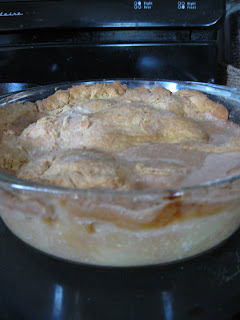We finished our first batch of Red Marble Cippolini Tomato Sauce. We reduced several pounds of skinned tomatoes with 4 bulbs of garlic last night. Today we added diced up red marble cippolini onions with fresh parsley and flowering marjoram reheated and pureed. Nearly all of it was devoured through the "sampling while cooking" process and I'll have to make an additional batch for canning. Cippolini's are incredibly sweet so next season we'll try to stay dedicated to accurate spacing.

Excavating the Cob Oven
The sauce compliments this divine Raw Ricotta Cheese over a bed of rice penne noodle. This cashew cheese also makes a great stuffing for whole tomatoes.
What you'll need for the cheese
1 Raw Tokyo long onion(or any white finger size onion)
1.5 cups soaked cashews
a handful of cilantro
1/4 cup of volcanic lemon juice
a splash of sunflower oil and enough water to get things going in the blender
Add all ingredients to the blender and serve between the warm sauce and noodles

Applying the Discovery Coat

The Queen of Slip
We've been busy busy transferring the discovery coat of natural plaster to the straw bales. The outside wall has the first coat complete and we're a 1/3 of the way through on the inside. It looks like it takes a few days to fully dry down before the infill coat can be added. That's when the playing and building with clay gets really fun.

Making the Mix



















